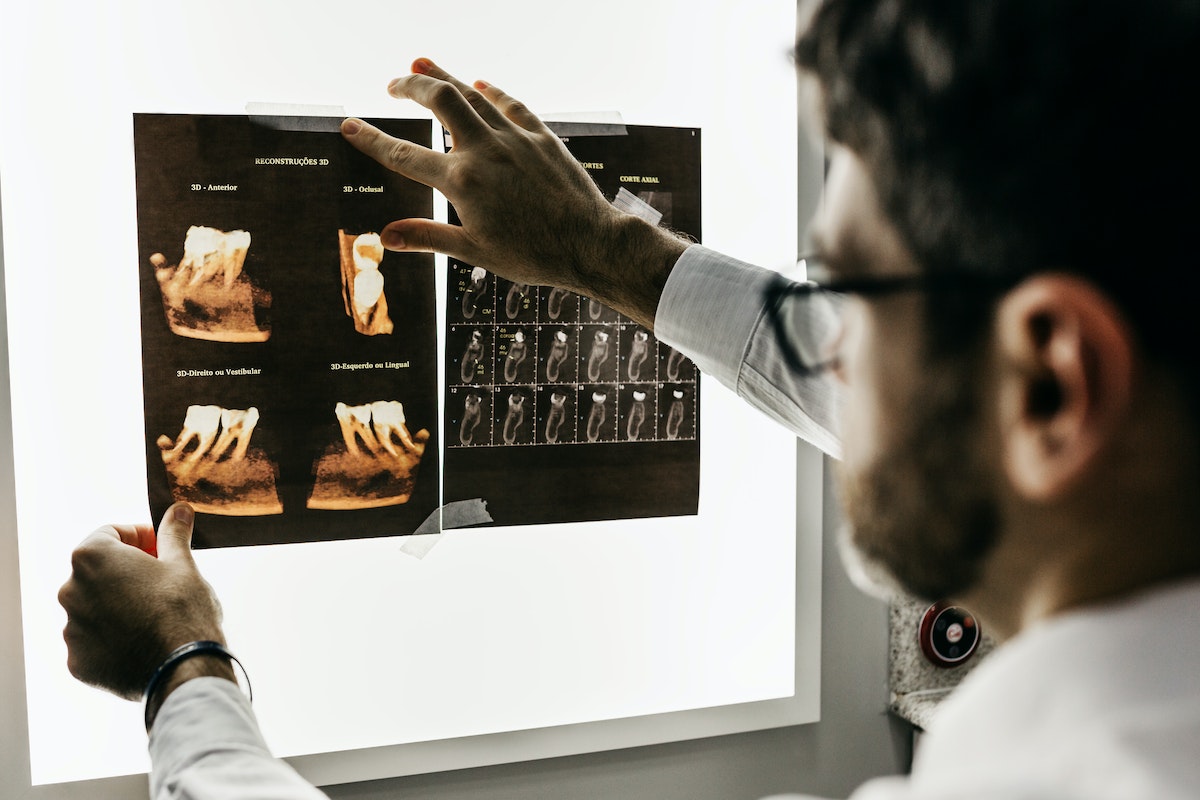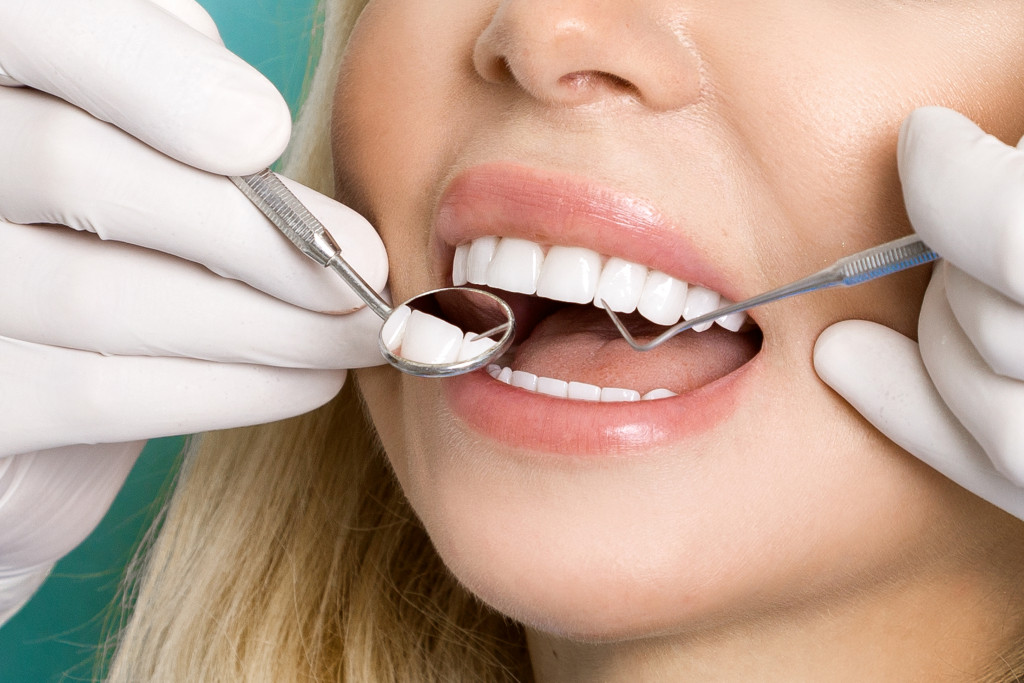Dental care is one of the most critical aspects of your overall health, but it’s often overlooked. Taking care of your teeth and gums isn’t just about having a friendly smile. It’s also essential for preventing other health problems. Thankfully, significant advances in dental technology have made it easier and more affordable than ever to get the dental care people need. Here are five tech innovations that are changing the dental care landscape.
1. Digital X-Rays

Gone are the days of old-fashioned film X-rays that took forever to develop and were harmful to our health. Digital X-rays use sensors to capture images of our teeth which are then displayed on a computer screen. Not only are digital X-rays quicker and more comfortable for patients, but they also emit 80% less radiation than traditional X-rays. This means that they are much safer for both patients and dental staff.
In addition, they can be easily stored and shared electronically, which makes them more accessible for patients and dental professionals. Digital X- rays are an affordable investment for any dental office that wants to provide the best possible care for its patients.
2. Dental Lasers
Dental lasers have been used for various procedures for over two decades. However, they have only recently become widely available and affordable for dental practices. As a result, lasers are now used for an increasingly broad range of dental procedures.
One of the significant advantages of laser dentistry is that it is much more precise than traditional methods. This can be particularly beneficial for patients who are anxious about having dental work done. Laser dentistry also tends to be gentler on the tissues, which can shorten recovery times. In addition, lasers can be used to remove tooth decay without requiring drills or other invasive tools. Lastly, lasers can also be used to whiten teeth, and this method is becoming increasingly popular due to its quick results and lack of sensitivity.
Overall, it is clear that dental lasers are transforming the field of dentistry. With their growing popularity, even more, dental procedures will likely be performed using lasers in the future.
3. CAD/CAM Systems
CAD/CAM (computer-aided design/computer-aided manufacturing) systems are used to create custom dental implants, crowns, and bridges. This technology allows dentists to create precise models of patients’ teeth, so they can be sure the final product will fit perfectly and look natural. CAD/CAM systems also allow dental labs to create custom implants and other devices quickly and efficiently. As a result, patients can get their new teeth in days rather than weeks.
In addition to being more accurate and efficient than traditional methods, CAD/CAM systems can save dentists time and money. This is because they eliminate the need for dental labs, which can be costly and time-consuming. With CAD/CAM systems, all the work can be done in-house, which is more convenient for both patients and dental practices.
4. Intraoral Cameras
Intraoral cameras are small, handheld devices that dentists use to get a close-up view of your teeth and gums. They’re an essential innovation in dental care because they give dentists a better way to examine your mouth and spot problems like cavities, gum disease, and tooth damage.
Most intraoral cameras have a tiny camera at the end of a long, flexible rod. The dentist inserts the camera into your mouth and moves it around to get a good look at your teeth. Some also have a light on them, which helps the dentist to see even more clearly. The pictures the intraoral camera takes are displayed on a monitor in the dental office so that you and the dentist can see them. This is helpful because it means you can see what the dentist is talking about when they explain what’s going on in your mouth.
Some intraoral cameras even have special features, like taking X-rays or measuring the depth of cavities. This helps the dentist to diagnose problems more accurately and plan treatment more effectively.
5. 3D Printing
3D printing creates custom dental prosthetics such as implants, crowns, and bridges. This technology allows dentists to create complex shapes that would otherwise be impossible to replicate using traditional methods. 3D printing also offers a level of customization that is impossible with other forms, which means that dental prosthetics can perfectly match each patient’s needs. This technology is completely changing dental care, making it possible to create implants and other devices that are far more accurate and realistic than ever before.
In addition to its accuracy and customization, 3D printing is much faster than traditional methods. Patients can get their new teeth in days rather than weeks. 3D printing is also less expensive than conventional methods, which makes it more accessible to a broader range of patients.
In Closing
These are just a few ways technology is improving dental care. From digital X-rays and intraoral cameras that make diagnosis more manageable than ever, there have never been more options available for getting the dental care we need. So if you’re overdue for a checkup or cleaning, don’t wait any longer—make an appointment with your dentist today!

